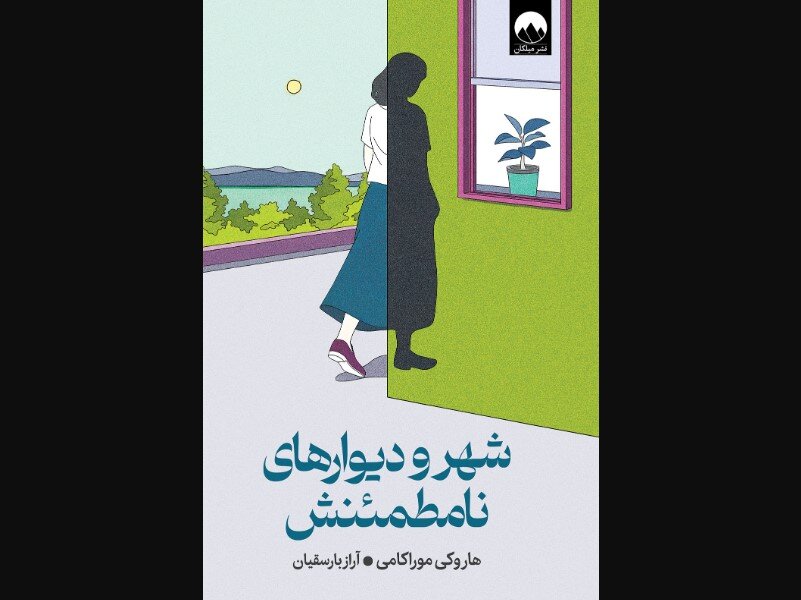Tehran – Persian translation The novel “City and Its Uncertain Walls” by Japanese author Murakami Harumura was recently published by Tehran Milkun Publications.
This book has been translated into Persian by Araz Barsekian.
The story of “The City and Its Uncertain Wall” begins with a 17-year-old boy who wins an essay contest with a 16-year-old girl. The girl maintains distance and reveals that her true self exists in a city beyond the wall. Together, they imagine this city in great detail, and the boy records their shared imagination. One day, the girl disappears, leaving the boy with an unfulfilled longing that follows the adult, symbolizing the enduring pain of lost love and the unreachable dreams.
As an adult, the protagonist crosses the wall and returns to the city. To enter, he must separate himself from his shadow. This is the rationale for abandoning some of his identity. His daily routine involves reading dreams from strange orbs in a small library. With the help of a girl, strangely, she has not aged or has no memory of the past. This suggests a typical theme of persistence between reincarnation, memory loss, or time.
The shadow begins to fade, and the hero faces a choice. He eventually releases his shadow, symbolizing acceptance of loss. Returning to everyday life, he works for a publishing company, but remains plagued by his experiences and admiration for a girl. This longing drives him away from work and moves into a remote countryside to become the head of a private library.
There he meets Koyasu, a quirky old man wearing a beret and skirt, and is later revealed to be a ghost. After losing his family, Koyas transformed his family’s alcohol refinery into a library, believing that only those with experience in the city that crossed the wall could care for it. The protagonist takes over and symbolizes the passage of wisdom and memory.
He also becomes friends with a teenage boy wearing a yellow submarine hoodie who has photographic memories but is unable to attend regular school. Fascinated by the story of a city that crosses the wall, the boy asks him to go there himself. One night he mysteriously disappears, urging the supernatural rescue of his family, hinting at the city’s otherworldly nature.
Meanwhile, the protagonist falls in love with a divorced woman who runs a coffee shop. His dreams fused his past and present love, bringing him back to his youth. In the city beyond the wall, his body arrives illegally with the boy, offering to become part of the hero by biting his ear, offering to integrate his identity.
The hero agrees, improves his ability to read dreams, and conveys his role to the boy within him. But in the end, he wants to be reunited with his shadow, and realizes that accepting all parts of himself is truly fulfilling. The boy is content to keep and read his dreams forever, and chooses to stay behind as the guardian of his dreams and memories.
Ultimately, the story explores the fluidity of identity, the power of love and memory, and the mystical boundaries between the world. Walls show that they are both barriers and gateways to understanding yourself and others.
sab/

